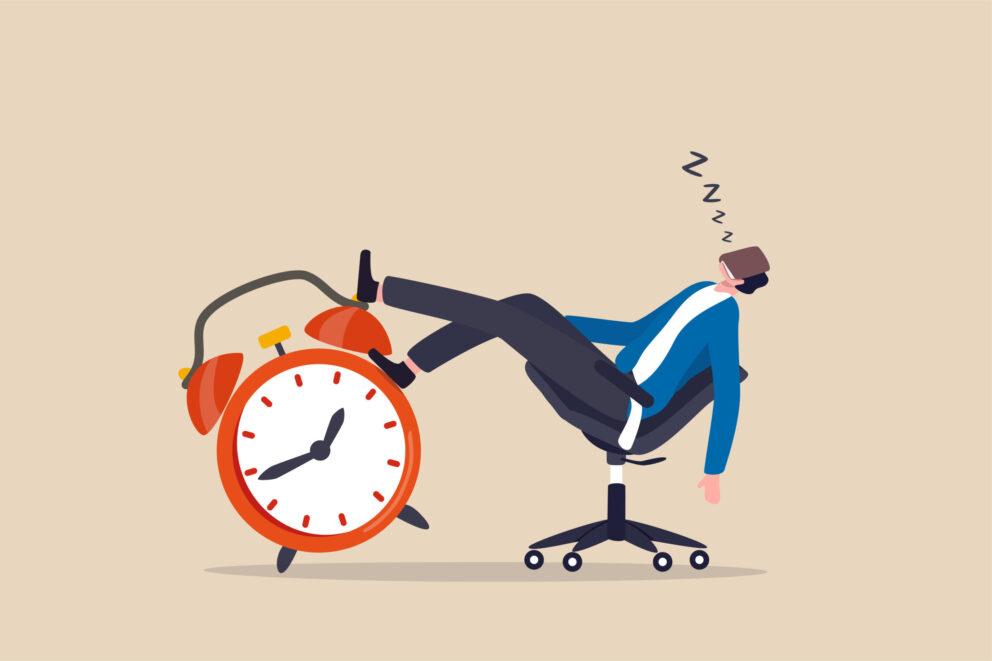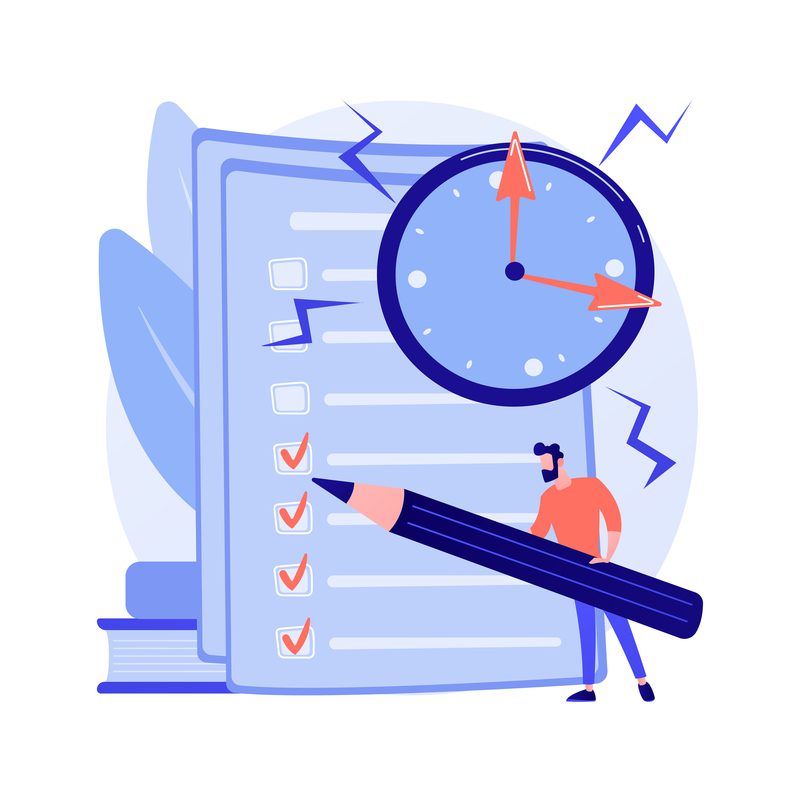Becoming Indistractable – Can it be done?

Summary
In a world of constant distractions, is it possible to become indistractable? Learn how to take control of your day.
By Lisa Heay, Marketing Planning Manager at Heinz Marketing
As my colleague, Michelle, mentioned in her last post on Mastering Self-Motivation, we make it a point each month to watch a LinkedIn Learning course as an organization. As I’ve been searching for my course selection, I stumbled upon one that immediately caught my eye: Becoming Indistractable with Arianna Huffington and Nir Eyal.
The “work from home in a pandemic with kids” mom in me is scoffing – yeah freaking right. It’s IMPOSSIBLE to be indistractable right now. I proceeded to watch to see what kind of magical unicorn land these people live in to even suggest such a thing.
It turned out to be quite enlightening. Though there are many external triggers in my life requesting my attention 24/7 these days: children, spouse, household duties, coworkers, even pets – my ability to be distracted is largely in my own control.
Here is what I learned.
We often blame technology for our distraction, but distraction is not a new problem. The reason we let ourselves get distracted in the first place is because we’re looking for an escape from uncomfortable feelings. We don’t want to do that project, or fold the laundry, or make that phone call. Nowadays we just have little computers in our pockets at all times that give us something to do when we’re avoiding what we really need or want to be doing.
Another key—if we’re not intentional about how we want to be spending our time, it’s hard to tell the difference between traction—doing what we want to do—and distraction. If you have a time period in your day designated for checking in on social media, then it’s not a distraction, it’s traction. You are intentional with how you want to spend that time. But if you have time set aside to spend with your kids, and you have your phone in your hand with Facebook open, it’s a distraction.
So what can you do to minimize the distractions in your day? Make more time for traction. Nir emphasizes that we should be planning the time, NOT the output.
I’m going to say that again for the people in the back (and myself because I fall victim to this mindset all the time)—plan your time, not the output.
How many times have you felt discouraged because you set out to accomplish a long list of tasks, but didn’t get them all done? If you tend to push things from one day to the next, you’re likely planning the output, not the time spent.
What if you planned your time instead? I’m going to spend 30 minutes on email, an hour on housework, an hour playing with the kids, and two hours in the evening watching a movie? You get done what you get done in your allotted time for the day, but you were intentional about how you wanted to spend it.
Keep in mind not every minute of your planned day needs to be spent making progress on something. Traction is doing what you want to be doing. Sometimes what you want to be doing is honing your skills, or doing hard work. But let’s be honest, what I want to do at least part of each day is not make progress on something. And that’s ok. Nir explains that there are three spheres of time to schedule in your day:
- You. You’re the core. You must be in good shape physically, mentally, and emotionally in order to take care of others and do your best work.
- Important people in your life. You family, friends, and community.
- Your work.
Most people tend to have that list reversed. They prioritize their career obligations, then the people in their lives, and then themselves. You can’t pour from an empty cup, as they say.
Tips for Managing Distraction
Make time for concentration, less time for communication.
Stop wasting time re-checking email. You should not be opening the same email over and over. Open it, label it for immediate or less urgent response, and file it away if no response is needed. You can respond during your designation communication time.
Block external triggers.
Let people know when you shouldn’t be interrupted. Block your calendar, put a message up on Slack, or even put a sign on your door with a big stop sign that the kids will understand.
Adjust your notification settings.
How many notifications pop up on your desktop or phone? Have you ever gone in to adjust them? Nir states we need to look at each notification and determine if it’s serving us, or we’re serving it.
I can’t tell you how many times I get a notification from my recipe app telling me there is a meal I should check out. I swipe it away, but that’s something I do daily. I never look at the recipe. I will search out recipes when I need them – so why on earth do I let this notification interrupt me every day?
If you have notifications that do serve your needs, that’s traction.
Leave technology out of meetings.
This goes for professional and personal meetings. If you’ve set aside time to meet with clients, or coworkers, or you’re meeting your friends for happy hour, leave technology behind. Monkey see, monkey do—when we see someone reach to check their phone, we tend to mimic that action and let it distract us from the time we’ve allocated to make traction on the things we set out to do with that time.
Make a pact with yourself.
Make a deal—If you spend 30 or 60 minutes on an uncomfortable task, you can earn a reward of some kind. A snack, a walk, a social media break. Whatever it is that motivates you.
There are apps that can help with just this. Forest is one. You can set your focused time, and the app plants a tree. If you pick your phone up in that allotted time, your tree dies. It’s silly, but oddly motivating.
Multitask.
Yes, you read that right. Pairing an enjoyable task with an uncomfortable task is called Temptation Bundling. Nir shared an example in the course: If you enjoy audiobooks or podcasts, tell yourself you can’t listen to them unless you are walking or exercising.
The key to multitasking is making sure your activities are across different channels. You can’t watch two TV shows at the same time, for example, or listen to two podcasts. Your brain can’t focus on two things at once in the same channel.
Be kind to yourself.
Nir ends the course by saying self-compassionate people are more likely to reach their long-term goals. If a friend came to you and said “Gosh, I wanted to get so much done but I spent the day watching TV and I feel like such a lazy person,” you’d likely respond with compassion and tell them it’s ok. So why don’t we talk to ourselves that way, too?
Recognize when we’ve let distraction get in the way of traction, identify the triggers as to why that happened, and make a plan to move past it next time.
I highly recommend you check out Nir Eyal’s course on Becoming Indistractable. Here are some other resources I’ve found to be valuable. Check them out!
- The Most Important Skill of the Future is Being ‘Indistractable’ – Nir’s companion site to this course.
- How to Stay Focused and Manage Distractions
- 7 Proven Strategies for Overcoming Distractions





